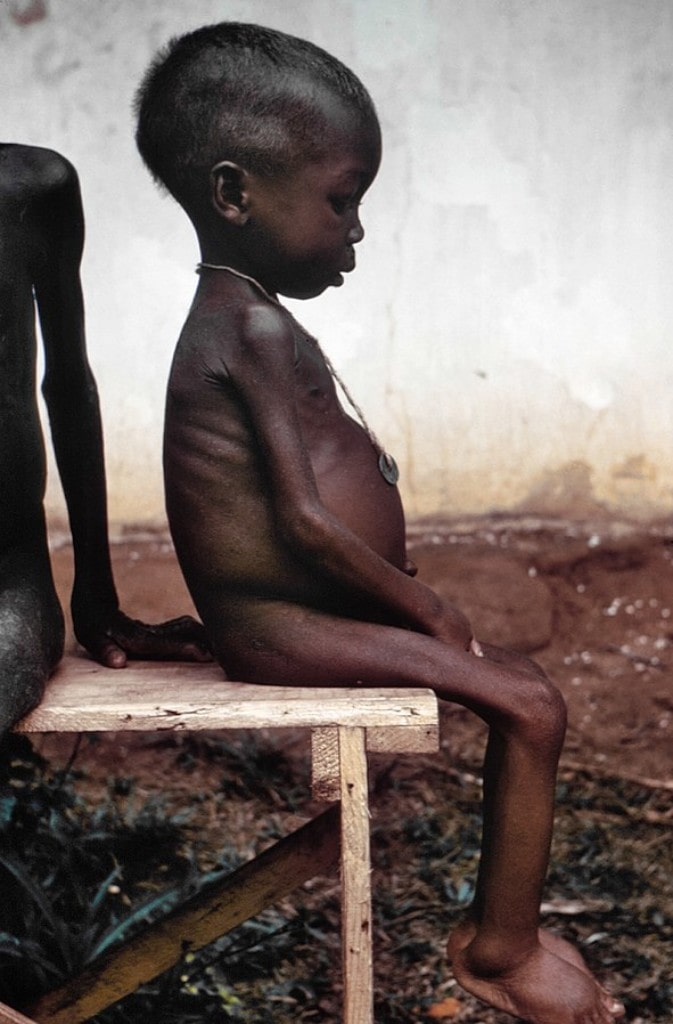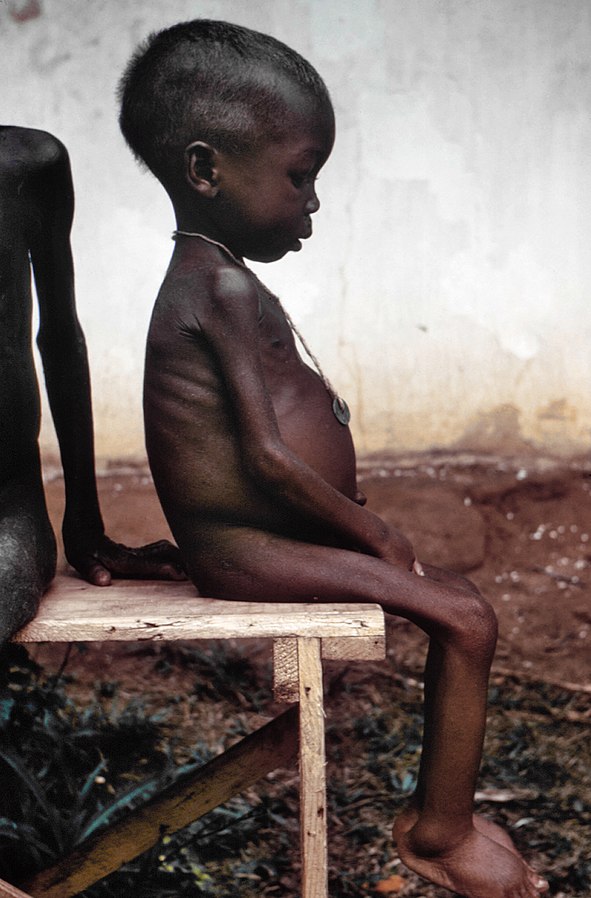1966 Anti-Igbo Pogrom


In January 1966, several northern Nigerian politicians were killed in a military coup led by a group of junior southern (and majority Igbo) Nigerian officers. While Igbos historically lived in southern and eastern Nigeria, some lived in the north as well. Following independence in 1960, northern ethnic groups grew angry over Igbo commercial dominance and their perceived desire to claim government power. Three waves of ethnically motivated violence swept through the northern and western regions in the following months. In July 1966, a countercoup led to the systematic massacre of Igbo officers. This was the second wave, the first and third waves having been attacks against Igbo civilians before and after the countercoup. The national government’s role in the massacres remains disputed. It is estimated that upwards of 30,000 Igbos living in northern Nigeria were killed [Amadi, 2007].
In response, 150,000-300,000 Igbos living in the north fled to their historical land in southern and eastern Nigeria. On May 30, 1967, Igbo General Emeka Ojukwu declared eastern Nigeria to be an independent state. The attempted succession of the new Republic of Biafra led to the Nigerian Civil War, also known as the Biafran Civil War [Amadi, 2007].